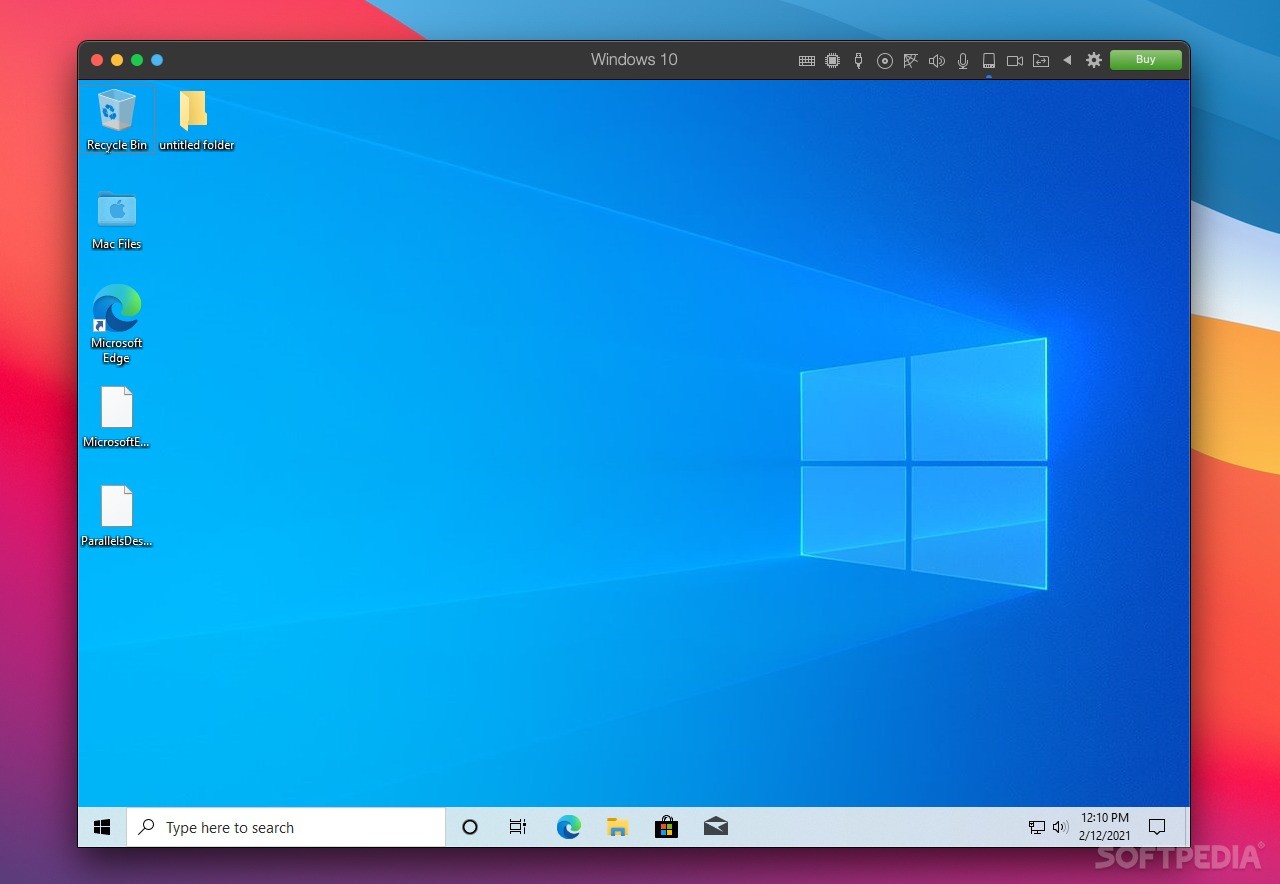
- #MAC PARALLELS FOR MAC OS#
- #MAC PARALLELS FOR MAC#
- #MAC PARALLELS INSTALL#
- #MAC PARALLELS DRIVERS#
- #MAC PARALLELS UPDATE#
This includes virtual hard drives ranging in size from 20 MB to 2 TB each and CD/DVD-ROM drives. A 1.44 MB floppy drive, which can be mapped to a physical drive or to an image file,.VGA and SVGA video adapter with VESA 3.0 support and OpenGL and DirectX 10.1 acceleration,.Up to 64 GB of RAM for guest virtual machines,.
/cdn.vox-cdn.com/uploads/chorus_image/image/69702571/1_Windows_on_Macbook_Pro_Parallels_Desktop_17_for_Mac.0.png)
A generic motherboard compatible with the Intel i965 chipset,.A virtualized CPU of the same type as the host's physical processor,.
#MAC PARALLELS FOR MAC#
Parallels Desktop for Mac is able to virtualize a full set of standard PC hardware, including For example, a running virtual machine can be stopped, copied to another physical computer, and restarted.
#MAC PARALLELS DRIVERS#
Because all guest virtual machines use the same hardware drivers irrespective of the actual hardware on the host computer, virtual machine instances are highly portable between computers. Each virtual machine thus operates identically to a standalone computer, with virtually all the resources of a physical computer. Parallels Desktop for Mac is a hardware emulation virtualization software, using hypervisor technology that works by mapping the host computer's hardware resources directly to the virtual machine's resources. On January 10, 2007, Parallels Desktop 3.0 for Mac was awarded “Best in Show” at MacWorld 2007. Parallels agreed: “ Since we've got a great Mac product, we should make it look and sound like a Mac product.”, it was therefore renamed ‘Parallels Desktop for Mac’. This name was not well received within the Mac community, where some felt that the name, particularly the term “workstation,” evoked the aesthetics of a Windows product.
#MAC PARALLELS FOR MAC OS#
Its name initially was ' Parallels Workstation for Mac OS X', which was consistent with the company's corresponding Linux and Windows products. Released on June 15, 2006, it was the first software product to bring mainstream virtualization to Macintosh computers utilizing the Apple–Intel architecture (earlier software products ran PC software in an emulated environment). is a developer of desktop and server virtualization software.
#MAC PARALLELS INSTALL#
Here’s what the VM, default install of macOS 10.13.4 looks like, running in a window on my Mac’s desktop (next to Safari). This way, you can always return to that OS state if something goes wrong later. Immediately after your macOS desktop comes up, go to PD’s Action menu and take a snapshot of the OS.
#MAC PARALLELS UPDATE#
Note that this instance of macOS, because it’s tied to your Apple ID, will be able to see your iCloud settings, notifications, software update notifications, and so on. Later, after the VM is running, you can, if desired, create unprivileged user accounts. If you have Two Factor Authentication enabled (2FA), have your trusted device handy so you can enter the 6-digit code needed to proceed.Īs always, the user and passcode you define at install time is the administrator. Also, you’ll need to know your Apple ID and password. The installation will go exactly as if you were installing a new version of macOS on any Mac. Your Mac’s Recovery Partition has a factory fresh version of macOS, and that’s what will be used to build your new virtual machine in PD.

In this example, I’ll be using the following environment: If the guest OS becomes infected with malware, it’s easy to just delete the guest OS without affecting the host Mac. Or, as in the example I’ll give, take a snapshot of the guest macOS and return to a previous state.Īnother extreme example would be experimental security work in a dicey internet environment. If things go wrong or conflicts arise with other software, one can diagnose, delete the virtual machine and start over.


 0 kommentar(er)
0 kommentar(er)
